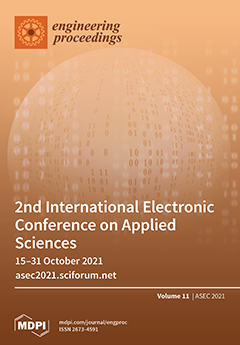Due to the decline in the agricultural labor force and rapid aging of farmers, agricultural machinery is becoming larger, higher-performance, and diversified. In this study, an air pollutant emission inventory for agricultural tractors was analyzed and compared with the inventory developed by a
[...] Read more.
Due to the decline in the agricultural labor force and rapid aging of farmers, agricultural machinery is becoming larger, higher-performance, and diversified. In this study, an air pollutant emission inventory for agricultural tractors was analyzed and compared with the inventory developed by a national agency. Agricultural tractors include walking and riding tractors and, further, riding tractors were divided into three subcategories based on their engine size. In addition, tractor emissions were classified according to the usage time of each operation. Seven air pollutants, such as CO, NOx, SOx, TSP, VOCs (PM
10), PM
2.5, and NH
3, were included in the inventory. The results showed that the total yearly emissions in 2017 were 3300 Mg, 9110 Mg, 4 Mg, 567 Mg, 522 Mg, 759 Mg, and 33 Mg for CO, NOx, SOx, TSP, VOCs, PM
10, PM
2.5, and NH
3, respectively. The most emitted air pollutant in the transporting operation using walking tractors is NOx, and the amount of emission is 1023 Mg/y. Riding tractors mainly emit a large amount of NOx, in the order of medium, large, and small tractors. The NOx emissions from medium, large, and small riding tractors are 1103 Mg/y, 676 Mg/y, and 322 Mg/y, respectively, from harrowing operations and are 445 Mg/y, 273 Mg/y, and 130 Mg/y, respectively, from tilling operations. The results also showed that the total pollutant emissions from tractors were increased 10% compared to the emission inventory developed by a national agency due to categorizing riding tractors into three subcategories. A geographic information system (GIS) was used to spatially assign air pollutant variables to 17 provinces and metropolitan cities in Korea.
Full article




